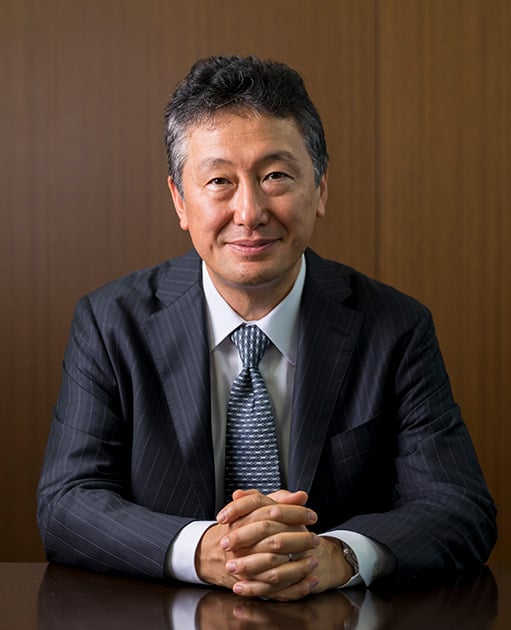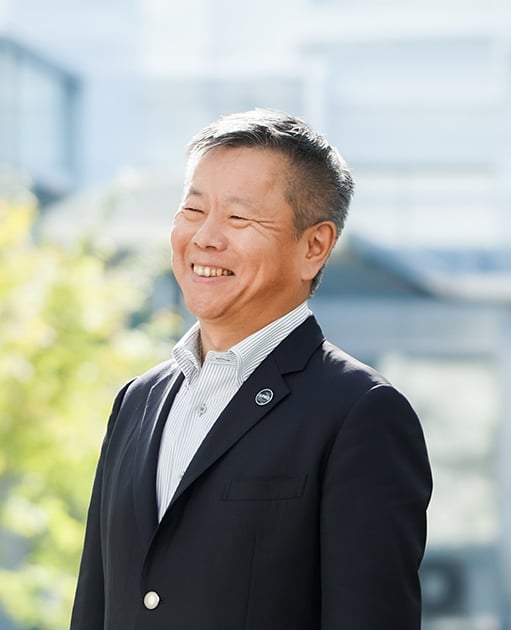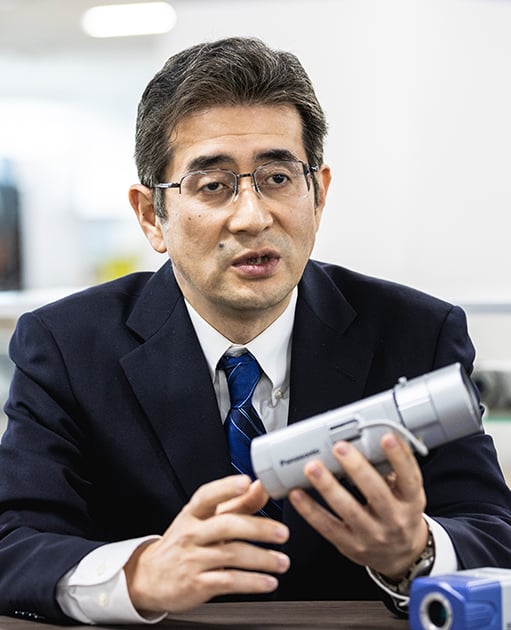In 2020, the Covid-19 pandemic drastically changed our lifestyles. Wearing face masks has become an everyday practice, and working from home is no longer a novelty. What will 2021 bring with it? To start the year, i-PRO, Japan’s top manufacturer of security cameras, is looking at the developments that will shape the company’s future.
1. Creating AI-Friendly Products
Artificial intelligence (AI) has been making rapid progress in a variety of fields recently, and security is no exception.
In July 2020, we launched three new AI network camera models and two types of expanded software. Then, in October we released two new 4K AI network camera models.
AI-related technology is expected to advance even further in 2021, and we expect the demand for AI-friendly products to grow significantly as well. With this in mind, we are not only developing hardware that harnesses AI’s full capabilities, but also expanding the potential of AI to provide end users with a selection of AI models, with features that meet their needs.
2. Ensuring High-Quality RAW Data Is Critical
Accompanying the expanded use of AI in security, the issue of RAW data quality is even more important.
The images captured by a camera’s image sensor—in other words, the unprocessed RAW data—are analyzed within the camera using AI, which allows for high-precision sensing and recognition. However, in conditions such as bad weather, the quality of the RAW data may be extremely poor, which limits AI’s capabilities.
To get the most out of AI, you need the most accurate RAW data. This is where hardware equipped with technology that can obtain stable data, whatever the conditions, plays a crucial role.
3. Expanding Sensing Technology’s Range with “Hospitality”
The sensing technology of the future won’t just be limited to security, but will be used in a wide variety of fields. For example, the sensing solutions used in medical research are already a central pillar of our operations.
The key word is extending “hospitality” to our end users. To ensure that sensing technology can expand into a broad range of applications, it’s necessary not to be hamstrung by manuals or preconceived views, but instead strive to realize benefits for our end users.
So we must act flexibly and rapidly, even in applications that we hadn’t anticipated. We will adopt the most advanced technologies and combine them with a user experience that realizes the full potential of these technologies. This approach will let us develop new applications for even more end users.
4. Collaborating with Experts in Open Environments
Along with the expanded range of applications for sensing technologies, users’ needs are diversifying. To meet these needs flexibly and rapidly, collaborating with outside experts in open platforms is key. For example—even in the case of AI-related tools that must constantly be updated—if we partner with a vendor that has access to the most advanced technology, we can optimize models for individual users.
So you need the right experts. Therefore, we are committed to catching up on technology’s latest trends and ensuring that we are always on the cutting edge.
5. AR and VR Technology Meets a Need in the Low-Contact Era
The trend toward non-contact or low-contact applications, to meet the demands of teleworking and social distancing, is a typical example of the new normal that has developed in the wake of the pandemic. And it’s likely to continue after Covid-19 is contained. Why? Because even though humanity may have beaten this particular virus, there is always the possibility that a new disease will emerge in the future.
But we only expect people’s desire to engage with one another, and exchange their thoughts and feelings, to increase. The capability of augmented reality (AR) and virtual reality (VR) technologies to help people satisfy these needs will come into sharper focus, and is sure to lead to further development.
One essential element that will support these technologies is sensing technology. For high-precision data output via AR and VR, sensing technology is a must for obtaining stable and accurate data in all conditions.
In the near future, these applications are also likely to generate entirely new types of businesses.








